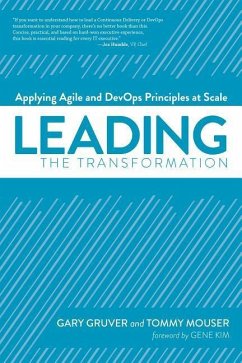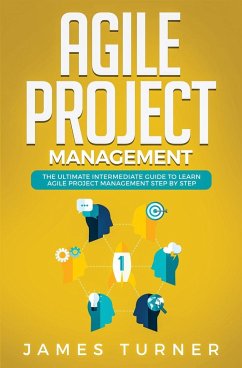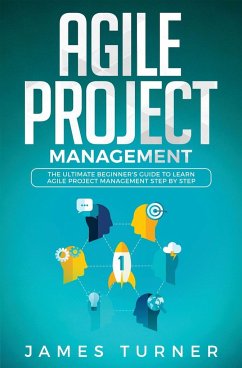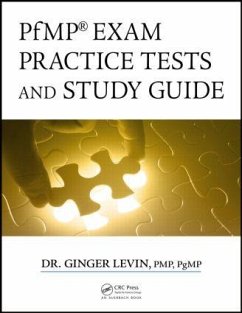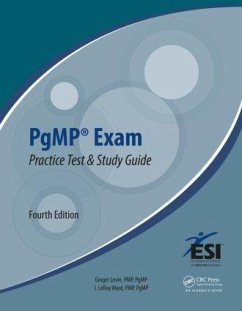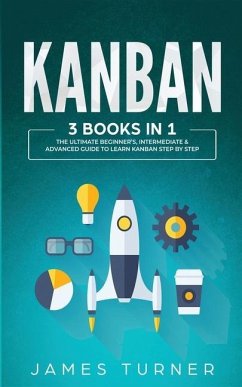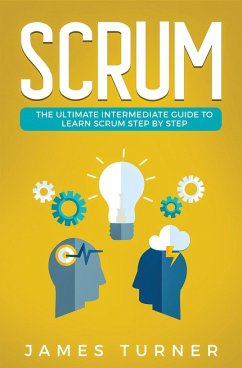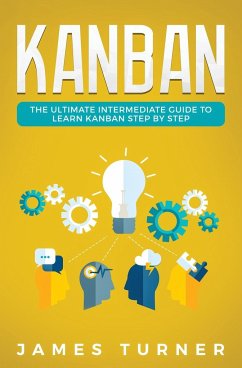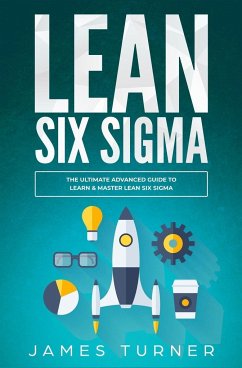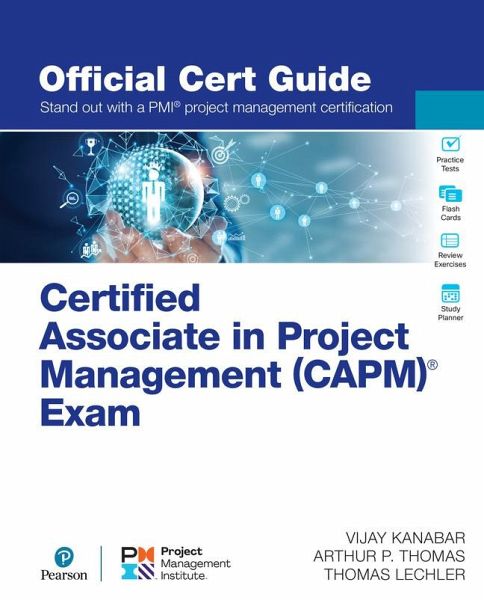
Certified Associate in Project Management (Capm)(R) Exam Official Cert Guide

PAYBACK Punkte
25 °P sammeln!
Corrected Answer Key Available The issue regarding the incorrect answer key for Chapter 2 has been addressed. Download the revised answer key under the Updates tab on the books web page at pearsonitcertification.com/capm/update to get the correct information. Jump start your project management career with the Official Cert Guide to the Certified Associate in Project Management (CAPM)® Exam Exam Update: This product covers content for the new CAPM® Exam released by PMI on July 25, 2023. Learn more at pmi.org/CAPM Learn, prepare, and practice for test day success with the Certified Associ...
Corrected Answer Key Available The issue regarding the incorrect answer key for Chapter 2 has been addressed. Download the revised answer key under the Updates tab on the books web page at pearsonitcertification.com/capm/update to get the correct information. Jump start your project management career with the Official Cert Guide to the Certified Associate in Project Management (CAPM)® Exam Exam Update: This product covers content for the new CAPM® Exam released by PMI on July 25, 2023. Learn more at pmi.org/CAPM Learn, prepare, and practice for test day success with the Certified Associate in Project Management (CAPM)® Exam Official Cert Guide, a Project Management Institute (PMI)®authorized self-study resource. This comprehensive guide from instructors and authors Vijay Kanabar, Arthur P. Thomas, and Thomas Lechler addresses the all-new 2023 CAPM®Exam domains: * Project management fundamentals and core concepts * Predictive, plan-based methodologies * Agile frameworks/methodologies * Business analysis frameworks CAPM is an essential first step in building your career at any stage as a project manager and a stepping-stone to the Project Management Professional (PMP)® Certification. CAPM is globally recognized as providing candidates with a solid foundation in hands-on project management skills and knowledge. The CAPM exam covers a broad range of project management approaches and prepares candidates in the skills, tools, and techniques that can be applied in the field of project management. The Certified Associate in Project Management (CAPM)® Exam Official Cert Guide features * Complete coverage of all CAPM exam topics * Do I Know This Already? quizzes identify knowledge gaps * Chapter exercises to review key concepts * A suggested study plan to optimize your final review You also get access to valuable study tools on the book's companion website, including * Two full-length practice exams powered by Pearson Test Prep practice software with realistic question sets, customization options, and detailed performance reports * Key term flash cards * Appendices and glossary downloads This complete study package offers a deep dive on CAPM exam topics: * Organizing for project performance * Predicative methodologies * Adaptive frameworks * Measurement, tracking, and managing uncertainty * Business analysis frameworks and domains * and more! Pearson is an authorized content provider for PMI. This title is also available as a multi-format Premium Edition eBook with two additional practice tests.




